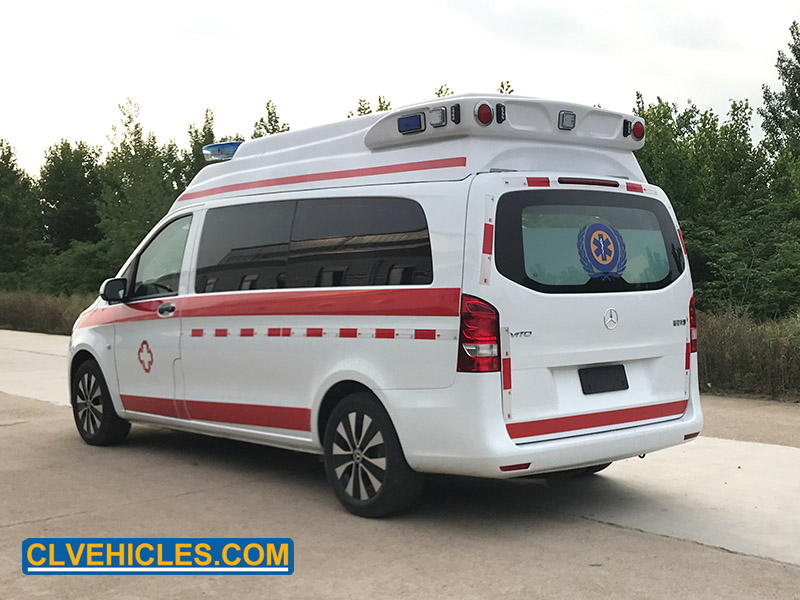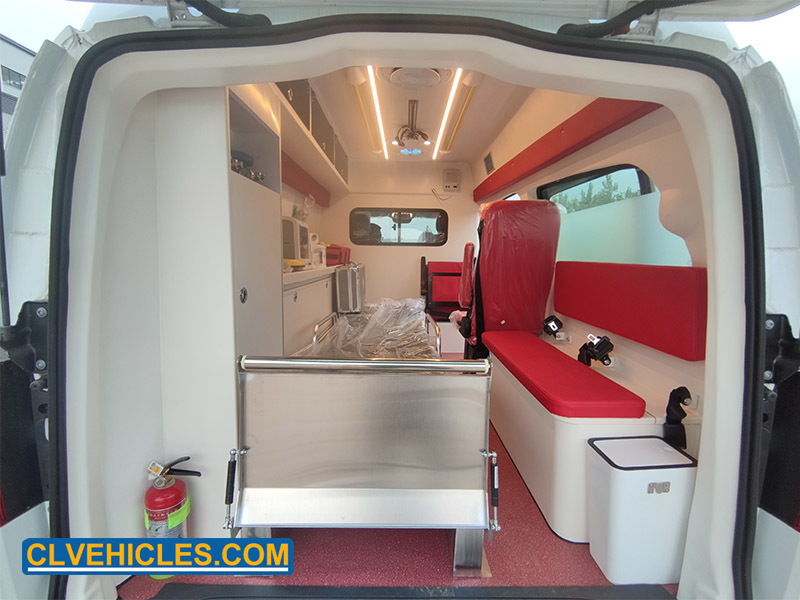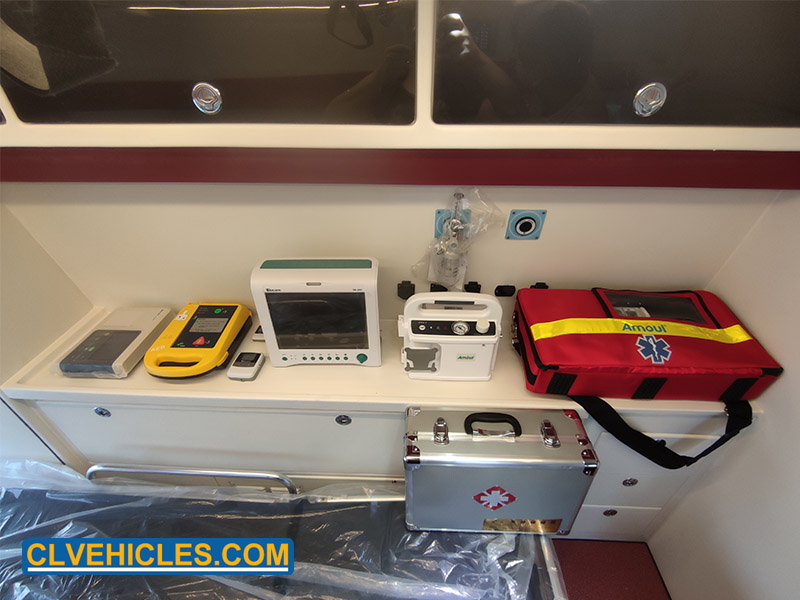1. Ambulance professional equipment
Over the course of the last few decades, the ambulance car has continued to evolve. The important task of the early ambulance was only to send the wounded to the hospital for treatment as soon as possible. The car was not equipped with professional ambulance equipment. With the continuous maturity of technology and technology, the current ambulance has undergone earth-shaking changes. The current ambulance is not only relatively spacious in the car, but also allows ambulance personnel to have enough space to get timely rescue treatment on the way to the hospital for the injured. At this time, the ambulance has professional external supplies and enough bandages, which can treat the wound in advance to stop bleeding for the injured during the transportation to prevent infection. There is also professional equipment such as brackets, splints, portable ventilators, oxygen, and cardiac pacemaker defibrillators in the car. Basically, most of the ambulances are also equipped with patient monitors, so that the patient's breathing and pulse can be well monitored on the way to the hospital.

2. Ambulance professional ambulance personnel
Now many professional ambulances are equipped with professional first aid staff, for example, emergency staff who go to busy highways and relatively large sports events are generally able to carry out High level of first aid treatment. Professional first aid personnel can use professional first aid skills to help save the lives of the injured at the scene of the accident and on the way to rescue. Having received professional first aid training, we can take different first aid measures for different situations of patients, and use radio to transmit the data of patients with signs in advance, so that the hospital can prepare medical staff and relevant surgical tools in time.

3. Professional ambulance driver
Professionally trained ambulance drivers are able to drive safely and quickly on some special road sections and bad driving weather conditions. Although the driving speed is also important, when the car is loaded with seriously injured or seriously ill patients, and the ambulance personnel are performing first aid measures on him, it is very important to drive smoothly. To be able to drive at high speed without bumping on rough roads and turning without tilting requires the driver to have high driving skills and a high degree of concentration. Ambulances generally have additional roll bars, power steering systems, and modified rear suspensions to ensure their smooth driving.


评论
发表评论